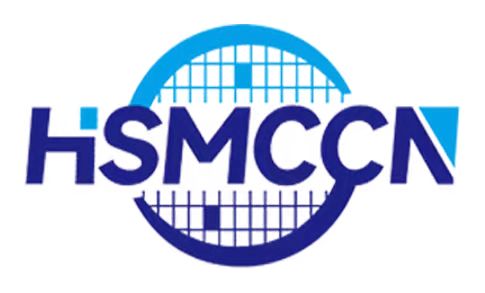
Privacy statement: Your privacy is very important to Us. Our company promises not to disclose your personal information to any external company with out your explicit permission.

Amid the wave of globalization, the leather goods production industry is embracing unprecedented development opportunities. As an integral part of the traditional manufacturing sector, this industry not only carries profound historical and cultural heritage but also exhibits vibrant growth vitality through continuous innovation and breakthroughs. In recent years, with the continuous advancement of technology and the increasing diversification of consumer demands, the leather goods production industry is undergoing a new round of technological innovation and industrial upgrading.
Technological innovation serves as the core driving force for the development of the leather goods production industry. In terms of raw material processing, the breakthrough in the clean production technology of non-tanning leather has revolutionized the industry. This technology abandons the traditional tanning agent crosslinking method and achieves non-tanning leather production through controlled dehydration of collagen. This not only significantly improves the quality and environmental performance of leather but also reduces energy consumption and emissions during the production process, laying a solid foundation for the sustainable development of the industry.
In terms of production processes, the leather goods production industry is also exploring and trying new technologies and methods. For instance, the introduction of advanced numerical control cutting and laser engraving technologies has enabled high-precision and efficient processing of leather materials. Meanwhile, the utilization of intelligent production lines and robotic technology has enhanced production efficiency and product quality. The application of these technologies has not only improved the automation and intelligence levels of leather goods production but also reduced labor costs, allowing businesses to achieve greater profitability.
Moreover, the leather goods production industry has also put considerable effort into product design and brand building. As consumer aesthetic preferences shift and personalized demands increase, leather goods are increasingly emphasizing fashion, comfort, and practicality in their designs. Simultaneously, the trends of branding and personalization have become increasingly prominent, with companies investing heavily in brand development and marketing strategies. By creating unique brands and focusing on product innovation, they are able to enhance their market competitiveness.
In the market, the leather goods production industry has demonstrated strong market adaptability and quick response capabilities. With the continuous expansion of domestic and international markets and the increasing diversification of consumer demands, the industry is actively adjusting its product structure and market strategies to adapt to market changes. Especially in exports, the Chinese leather goods industry has leveraged its comprehensive industrial chain and strong manufacturing capabilities to continuously expand into international markets, achieving steady growth in export values.
However, the leather goods production industry also faces some challenges and issues. With the increasing awareness of environmental protection, consumers have increasingly stringent requirements for the environmental performance of leather goods. Therefore, companies need to increase their investment in environmental protection, research and develop more environmentally friendly raw materials and production processes to meet consumer demands. At the same time, as market competition intensifies, companies also need to continuously improve their product quality and service levels to earn consumer trust and loyalty.
To address these challenges and issues, the leather goods production industry needs to continue strengthening technological innovation and industrial upgrading. On the one hand, companies need to strengthen their collaboration with research institutions and universities, introduce and develop more advanced technologies and equipment, and improve production efficiency and product quality. On the other hand, companies also need to enhance brand development and marketing strategies, enhance brand awareness and reputation, and strengthen market competitiveness.
Additionally, the leather goods production industry needs to focus on establishing industry norms and standards. By developing comprehensive industry standards and norm systems, it can regulate the production behaviors and market order of enterprises and promote healthy and orderly industry development. Simultaneously, government and society need to provide support and guidance to the leather goods production industry, creating a favorable development environment and policy support for enterprises.
Looking ahead, the leather goods production industry will continue to maintain robust development momentum. With technological advancements and market expansion, leather goods will become more diverse, personalized, and environmentally friendly. Furthermore, as consumers' demands for quality and service continue to rise, the leather goods production industry will enjoy broader development opportunities. We have reason to believe that, driven by technological innovation and industrial upgrading, the leather goods production industry will shine with even more brilliant radiance.

Privacy statement: Your privacy is very important to Us. Our company promises not to disclose your personal information to any external company with out your explicit permission.

Fill in more information so that we can get in touch with you faster
Privacy statement: Your privacy is very important to Us. Our company promises not to disclose your personal information to any external company with out your explicit permission.